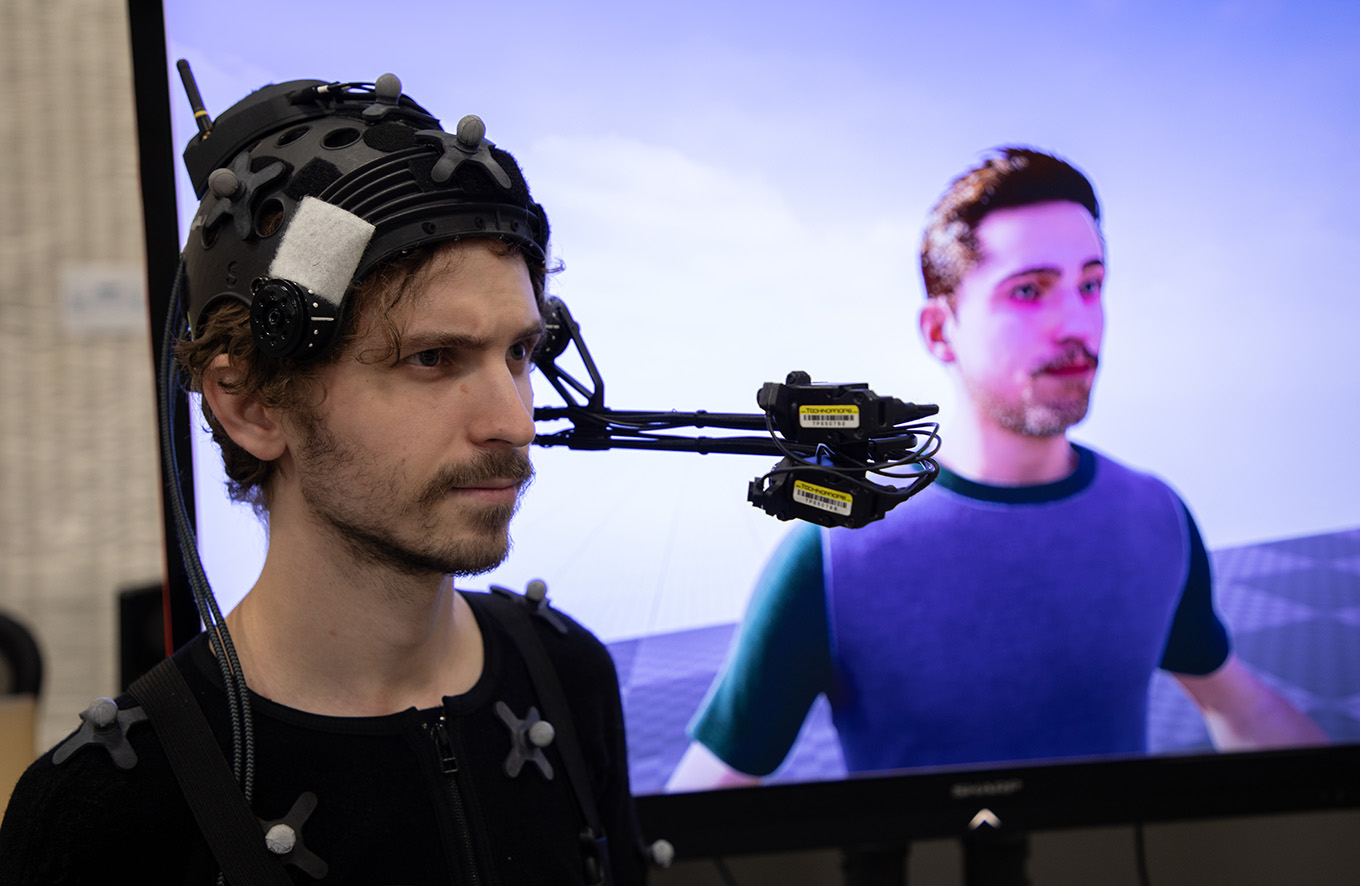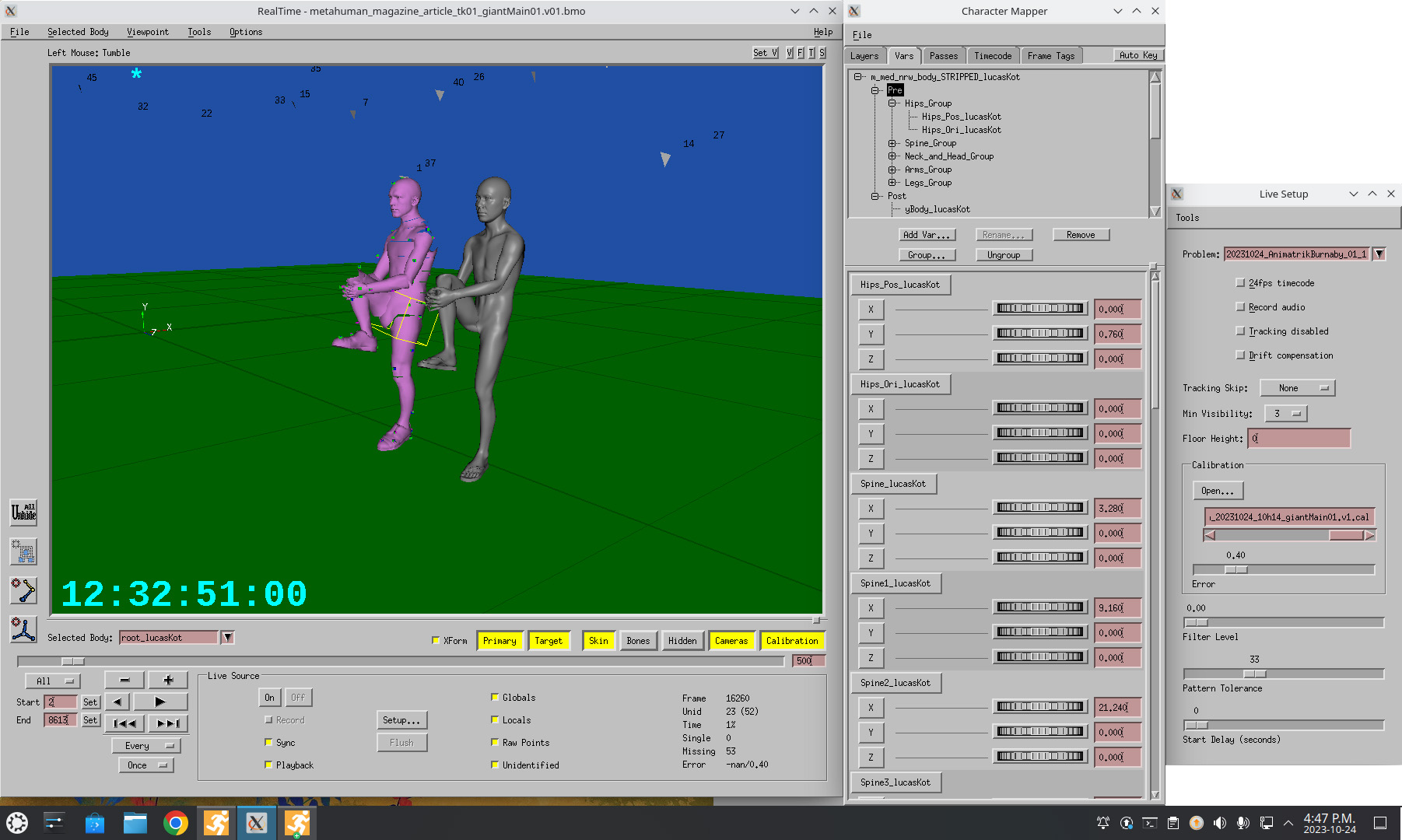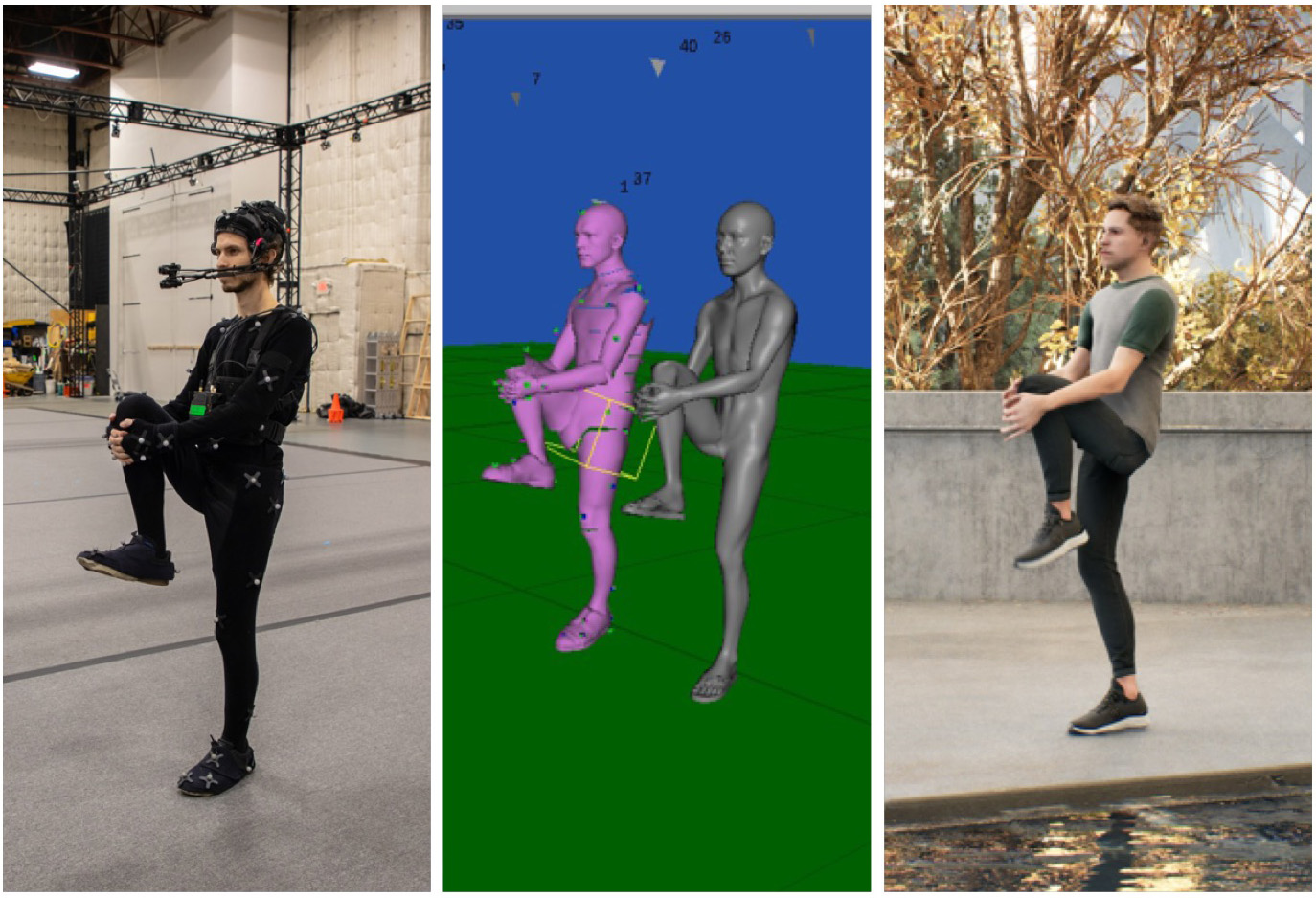 Recently, Brett Ineson, founder and CTO of Animatrik, sent out a press release to actors that the field of motion capture and digital character animation are skills they should add to their resume.
Recently, Brett Ineson, founder and CTO of Animatrik, sent out a press release to actors that the field of motion capture and digital character animation are skills they should add to their resume.
NOTE: Animatrik was founded to provide up-to-date and efficient stage and location-based Virtual Production services. These services extend into film, game and VR/AR development.
In light of all the concerns raised during the current actor’s strike, motion capture seems more like a threat to actors than a benefit. While most of us are not actors, many of us are producers who are interested in the benefits this technology might add to our own projects. So, to learn more, I emailed a list of questions to Brett.
– – –

Larry: How would you describe Animatrik?
Animatrik (website: https://www.animatrik.com) has been providing virtual production services for nearly 15 years. We do performance capture and precision tracking for films, games, commercials, VR/AR, the metaverse, and just about any real time computer graphics problem that needs solving.
Larry: What technology are you using for motion capture and why did you choose it?
Brett: At the moment we use Optitrack cameras. They make a high quality, made in America product that does exactly the job we need it to do. We have literally hundreds of them and have only had to repair one in 10 years of deployment. And we’re pretty rough on them. Optitrack supports a camera SDK so it provides flexibility for custom applications, which is important when we’re working on projects that push the boundaries of what’s possible. It’s through the SDK that we pair the cameras with our own tools, as well as the Giant software suite that we license from Lightstorm Entertainment.

(All images courtesy: Animatrik, Inc.)
For head mounted solutions we use the Technoprops stereo pair, with a handful of different software solutions depending on the scope of the project.
Larry: What’s the benefit to using Metahuman Animator (MHA), from Epic Games?
Brett: Epic has done a great job with the Metahuman products. With MHA we can get where we need to be with a digital character much faster than other pipelines. And we’re able to pass those cost savings on to our clients while speeding up their deliverables at the same time. It’s a perfect combination of win-win. For us, it comes down to efficiency. We do have the experience to extract a high quality asset from different pipelines, as well, and there are still project related reasons that we need to support those other solutions. We’re not exclusively using Metahuman, but it’s a really great tool.

(Click to see a larger image.)
Larry: Can other producers or production companies work with you to add this technology to their own projects?
Brett: Yes, absolutely. We’re in the service business. If you have a project and are considering taking advantage of Unreal and Metahuman, we’ll make the animation a thing of beauty.
Larry: Actors have expressed fear, during the strike, of producers capturing their digital character and using it in perpetuity without additional compensation. How do you deal with their concern?
Brett: I think they have a right to be concerned. At the end of the day, an actor’s likeness is their brand. Animatrik is tasked with delivering their brand into projects they sign up for, so we’re partners in that regard. I suppose we’ll see parody projects that actors might not be able to control, but it would make sense to me that the legal system has existing levers for brand protection. I’m not a lawyer, though, so I’ll be watching from the sidelines as they all work through that part.

Larry: What type of skills are needed for motion capture; are actors or gymnasts more successful?
Brett: Depends on the project. We like reality, for the most part. If the character has a limp, we would prefer an actor with a limp to play the role. Casting is incredibly important because we’re going to deliver the soul of that actor’s performance into the digital character. The more you get right at the beginning of the process, the more real the performance that you capture. And a more realistic performance leads to a much better animation at the other end of the pipeline.
Larry: For actors trying to earn a living in today’s world, and assuming the strike is over, how should they approach providing motion capture skills as part of a project?
Brett: They can approach it the same way as any role, I would suspect. Let their agents know they want to be considered for these types of parts and start going up for them. There was a time when considerable experience on a mocap set was important to producers, and also a time when screen actors considered it beneath them to play a digital character. That’s all changed now. We can educate any actor very quickly into being comfortable on a mocap stage, and the really big names now look forward to this type of work.
Larry: Digital actors are a technology that is now part of production. How should producers use them – especially when they are on a budget?
Brett: Just dig in before you get started. Producers might find that it’s pretty affordable, depending on the scope of their project and the scenes involved. Every day, the quality and efficiency we work with grows. But be careful to choose an experienced vendor. We re-shoot projects all the time for producers who have used low-cost solutions and partners as a way to save money. It typically goes badly, and requires a re-do. Selecting the right partner might look more costly up front, but it will save you money and headaches down the road.
Larry: We are still sorting out the balance between digital and “real-life.” How do you view the future?
Brett: For me, it’s all about the artistic vision. What are you trying to convey on screen? Personally, I’m attracted to stylistic applications and use of the technology. Reality, which we do a lot of, is meant to go unnoticed in a way.
Larry: Is there a question I should have asked but didn’t? If so, add it here!
Brett: These were great questions, thank you. One that I’ve been asking myself with the release of MHA is, “Are we going to see a new genre of films being produced?” The barrier to entry in making a CG film has been lowered dramatically. There’s a very real cost effective opportunity that might make sense for studios to dust off some scripts that they thought would be too pricey to produce in the past.